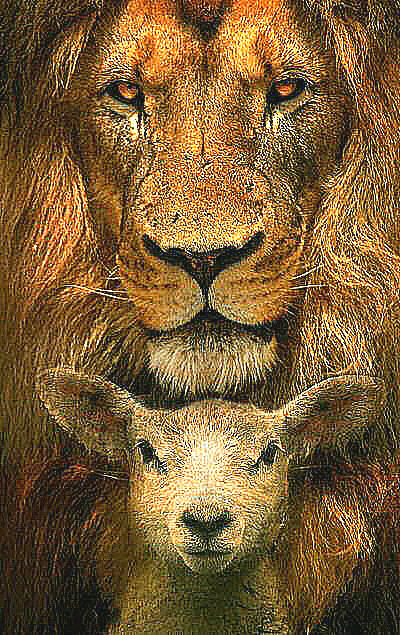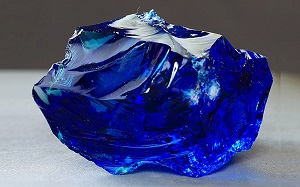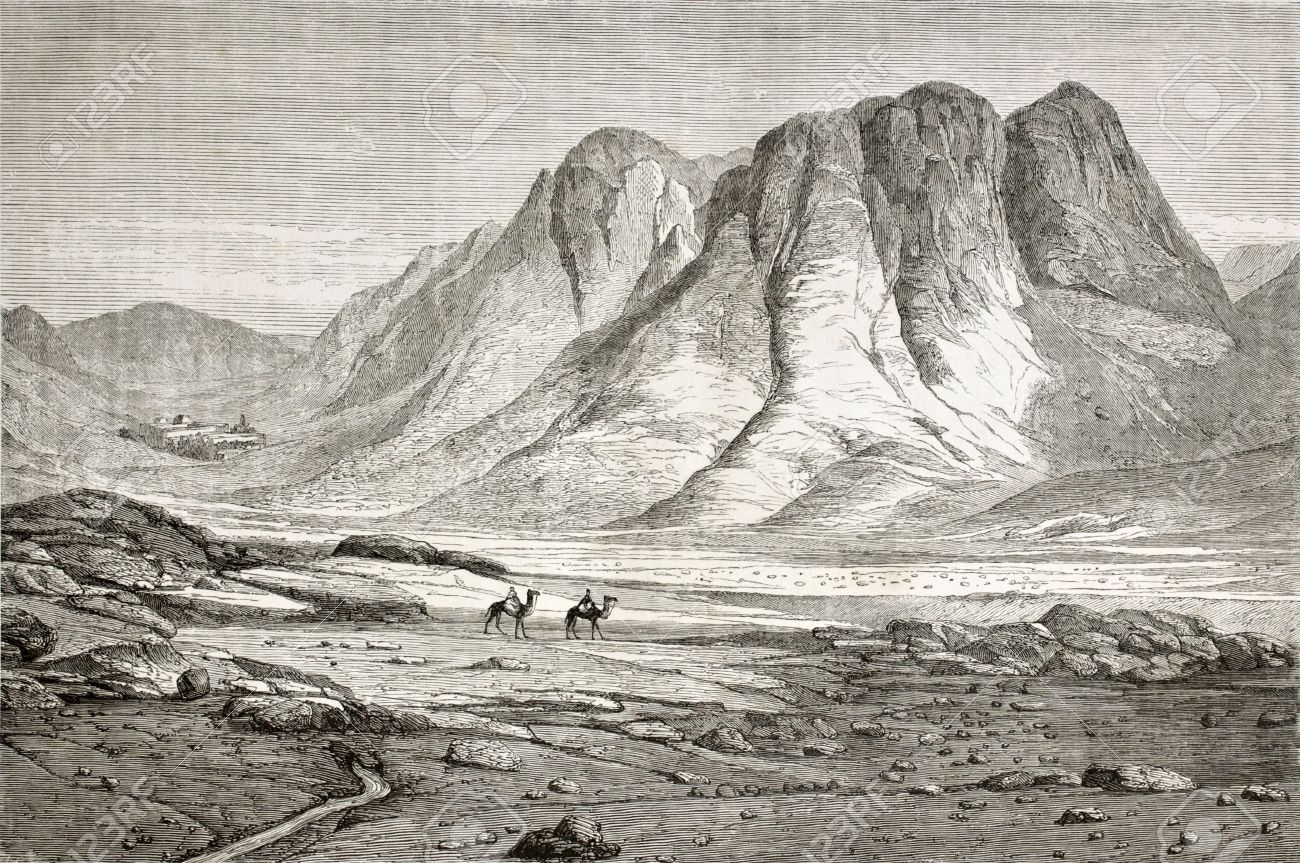
| Home | Our Hope | |
| Bible Study |

|
February 12,2017 |
| Genesis of the Ten Commandments | ||
In this lesson we will look at the path taken by the Ten Commandments from the mouth of God to the Ark of the Covenant. There are certain to be surprises along the way. Part of the reason is that Hollywood has managed to get their distorted vision into the minds of people.
Then God spoke all these words, saying (Exodus 20:1)
God speaks from Mount Sinai, giving them the words (Ten Commandments) and immediately following that with the ordinances.
All the people perceived the thunder and the lightning flashes and the sound of the trumpet and the mountain smoking; and when the people saw it, they trembled and stood at a distance. 19 Then they said to Moses, "Speak to us yourself and we will listen; but let not God speak to us, or we will die." (Exodus 20:18-19)
The people are overpowered by God speaking this way and they ask Moses to hear God for them and then relay the message to them. They want him to be an intermediary between them and God. Moses tries to explain that God is doing this so they will fear (revere) God and therefore not sin. The people are not having it though. They fear (are afraid of) God and therefore later will sin.
Then Moses came and recounted to the people all the words of the Lord and all the ordinances; and all the people answered with one voice and said, "All the words which the Lord has spoken we will do!" (Exodus 34:3)
Moses tells the people everything God said and altogether the people commit themselves to do everything God has said. Words are cheap.
Moses wrote down all the words of the Lord. Then he arose early in the morning, and built an altar at the foot of the mountain with twelve pillars for the twelve tribes of Israel. 5 He sent young men of the sons of Israel, and they offered burnt offerings and sacrificed young bulls as peace offerings to the Lord. 6 Moses took half of the blood and put it in basins, and the other half of the blood he sprinkled on the altar. 7 Then he took the book of the covenant and read it in the hearing of the people; and they said, "All that the Lord has spoken we will do, and we will be obedient!" 8 So Moses took the blood and sprinkled it on the people, and said, "Behold the blood of the covenant, which the Lord has made with you in accordance with all these words." (Exodus 34:4-8)
Moses writes down everything God had said from the mountain. Then Moses makes sacrifices and sprinkles the blood on the altar, then he reads the book to them and they commit themselves again to do everything God has said. Then Moses sprinkles blood on them and the covenant is complete.


Then Moses went up with Aaron, Nadab and Abihu, and seventy of the elders of Israel, 10 and they saw the God of Israel; and under His feet there appeared to be a pavement of Sapphire [Lapis Lazuli], as clear [pure] as the sky itself. 11 Yet He did not stretch out His hand against the nobles of the sons of Israel; and they saw God, and they ate and drank. (Exodus 24:9-11)
 1
1
Moses and 73+ other people go up to the mountain and see God and they eat there. The Bible considers them as being "on" the mountain, but they are only on the foot of the mountain. Yet they see God, therefore God is not on the top of the mountain either.
The verse also says that "[God]" did not stretch out his hand against the nobles." Later on (Exodus 33:18) Moses will ask God to show him his glory, but God will say, "You cannot see My face, for no man can see Me and live!." Whatever it means to see God's face, that isn't what this group of 73 were seeing. Because Moses is asking this after he spent 40 days with God we know that he never saw God's face during that time.
This picture is of one of the sites that people believe is the actual Mount Sinai. The Roman Catholic Church was certain enough about it that they built a monastery there, St. Catherines. Whether it was or wasn't the site, the picture provides a clear understanding of what mountains are like in that area. It also shows the low sloping foot of the mountain that leads up to the head of the mountain from the plain.
Now the Lord said to Moses, "Come up to Me on the mountain and remain there, and I will give you the stone tablets with the law and the commandment which I have written for their instruction." 13 So Moses arose with Joshua his servant, and Moses went up to the mountain of God. 14 But to the elders he said, "Wait here for us until we return to you. And behold, Aaron and Hur are with you; whoever has a legal matter, let him approach them." (Exodus 24:12-14)
The elders and others are "on the mountain" but close enough to the camp that they can deal with the legal problems of the people. Again this indicates that they were only on the foot of the mountain.
Joshua hasn't been mentioned by name before now. It seems he wasn't one of the elders, because he is referred to as a servant or aide to Moses. This is the same Joshua who will go into the land of Israel as part of the 12 who go to explore it and report on it. Eventually he will become the leader of Israel, when Moses dies.
Joshua goes ahead with Moses but it becomes very clear later that he is not with Moses while Moses is speaking with God. Therefore he must be waiting for the entire time by himself while God writes the Ten Commandments on tablets and gives Moses many other instructions. Likely Joshua went to get food occasionally or it was brought to him.
Moses entered the midst of the cloud as he went up to the mountain; and Moses was on the mountain forty days and forty nights. (Exodus 24:18)
Moses goes the rest of the way to the mountain. The Bible doesn't say he climbs to the top but only that he enters the cloud that covers the whole mountain.
Then the Lord spoke to Moses, "Go down at once, for your people, whom you brought up from the land of Egypt, have corrupted themselves. 8 They have quickly turned aside from the way which I commanded them. They have made for themselves a molten calf, and have worshiped it and have sacrificed to it and said, 'This is your god, O Israel, who brought you up from the land of Egypt!'" 9 The Lord said to Moses, "I have seen this people, and behold, they are an obstinate people. 10 Now then let Me alone, that My anger may burn against them and that I may destroy them; and I will make of you a great nation." (Exodus 32:7-10)
God tells Moses the people have sinned and threatens to destroy them and have Moses' descendants replace them. We don't see it here but Moses will plead on their behalf and God will relent.
Notice that the Israelites give credit to the idol for bringing them out of Egypt. Besides being an act of idolatry, they are stealing from God, taking the glory from him and giving it to another. Our God is a jealous god and does not appreciate that.
Then Moses turned and went down from the mountain with the two tablets of the testimony in his hand, tablets which were written on both sides; they were written on one side and the other. 16 The tablets were God's work, and the writing was God's writing engraved on the tablets. (Exodus 32:15-16)
God goes to pains to explicitly make some things clear here:
We've come to believe the writing was engraved on the tablets, as the translation here says. But the Hebrew word used here is only used once in the Bible and it's meaning isn't clear. Arabic, a sister language to Hebrew, has the same word and the meaning is "to perforate, bore, or slit." Some Rabbi's believe the letters were cut all the way through the tablets.
The Bible doesn't say what stone the tablets were made from but it is almost certainly the same stone that God was standing on in the verses above. Ezekiel 1 also describes the throne of God being made of this stone. It's an academic question because these tablets don't last very long.
Now when Joshua heard the sound of the people as they shouted, he said to Moses, "There is a sound of war in the camp." 18 But he said, "It is not the sound of the cry of triumph, nor is it the sound of the cry of defeat; but the sound of singing I hear." (Exodus 32:17-18)
Moses walks down from where he has been. Joshua reappears and it is obvious he has not been with Moses because he does not know why there is this noise in the camp.
There is no mention of meeting anyone from the group of 73 on the way down. Likely they have given up waiting, just as the people had. We know for certain that Aaron is back at the camp. He helped the people make the golden calf.
If they had been where they were supposed to be, perhaps this event could have been avoided. Instead Aaron was pressured into doing something that he knew was wrong. Peer pressure is a powerful force. No one likes to stand out from the crowd. That's when it is important to know who you are and what you stand for.
Knowing in advance what the people are doing, Moses comments are very interesting. He seems to be saying they have not triumphed but instead have been defeated yet the are singing because they have no idea what they are doing.
It came about, as soon as Moses came near the camp, that he saw the calf and the dancing; and Moses' anger burned, and he threw the tablets from his hands and shattered them at the foot of the mountain. (Exodus 32:19)
Moses walks closer to the camp and sees with his own eyes what is going on. Despite already having been told in advance by God what the Israelites were doing, he becomes so angry he breaks the tablets. We do know that Moses was frequently very frustrated by his people and their lack of trust in God. Ultimately this frustration would result in him not being allowed to enter the promised land.
Now the Lord said to Moses, "Cut out for yourself two stone tablets like the former ones, and I will write on the tablets the words that were on the former tablets which you shattered. 2 So be ready by morning, and come up in the morning to Mount Sinai, and present yourself there to Me on the top [head] of the mountain. (Exodus 34:1-2)
God commands Moses to cut out two tablets like the previous ones and God will write on them what was written on the other ones.
Again we see the translation saying "top" of the mountain but the Hebrew doesn't really support that. He has more likely gone to the same place as before.
Then the Lord said to Moses, "Write down these words, for in accordance with these words I have made a covenant with you and with Israel." 28 So he was there with the Lord forty days and forty nights; he did not eat bread or drink water. And he wrote on the tablets the words of the covenant, the Ten Commandments [Words]. (Exodus 34:27-28)
Moses goes to the mountain again for 40 days. But there are some important differences from the last time. This time there is no mention of a team that goes with him. This time the tablets are ones that were carved by men out of desert stone - likely limestone. The first set of tablets were made of Sapphire or Lapis Lazuli.
This time they are written by God through the hand of Moses. Deuteronomy 10:4 seems to contradict that when it says "He [God] wrote on the tablets" but Moses is summarizing and giving credit to the manager without mentioning the workers. He also speaks this way in Deuteronomy 10:3 and 10:5 when he says "I made an ark of acacia wood." The ark is made of acacia wood and covered inside and out with gold foil pounded into the wood, a job for a craftsman.
This is the first time that the Bible says there are ten words or commandments.
It came about when Moses was coming down from Mount Sinai (and the two tablets of the testimony were in Moses' hand as he was coming down from the mountain), that Moses did not know that the skin of his face shone because of his speaking with Him. (Exodus 34:29)
It never happened the first time Moses received the Ten Commandments but this time he returns with his skin glowing. When he realizes this and finds that it is freaking out people, Moses covers his face with a veil until it fades.
Then I […] put the tablets in the ark which I had made; and there they are, as the Lord commanded me. (Deuteronomy 10:5)
This copy of the tablets is placed in the Ark of the Covenant
1 http://www.123rf.com/photo_15155853_old-illustration-of-saint-catherine-s-monastery-at-the-foot-of-mount-sinai-egypt-created-by-pottin-a.html